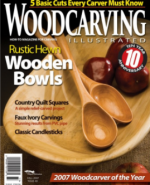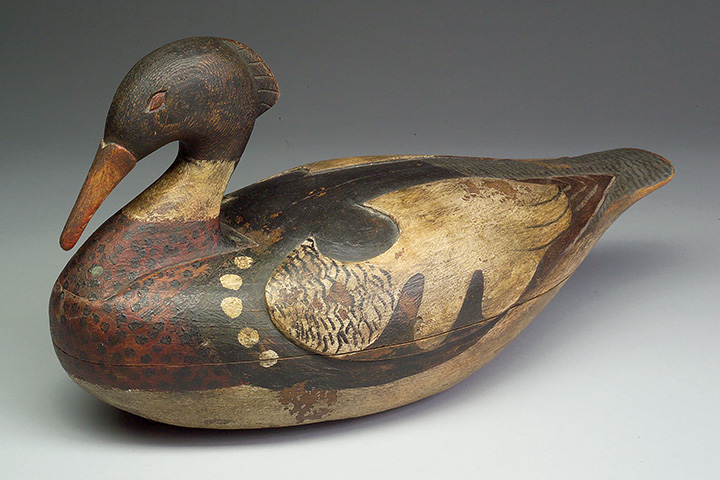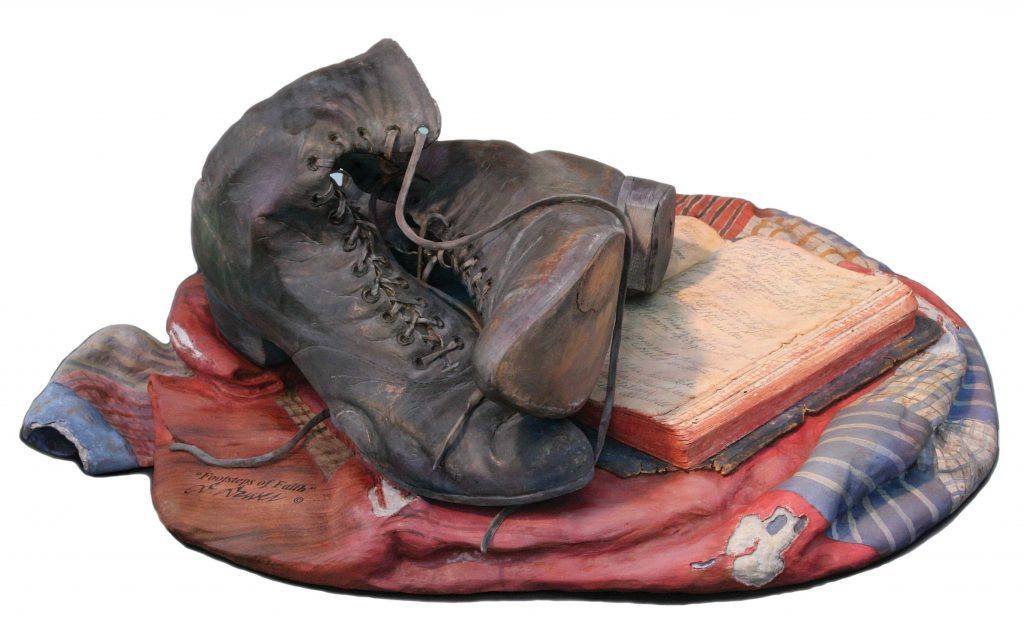 Historic rural life captured in amazing detail
Historic rural life captured in amazing detail
A native of Utah, L. Darwin Dower combines wood sculpting and story telling. He brings to life memories of past times specializing in subjects of the Old West. Stories are then drawn from his highly detailed sculptures, reflecting on a more relaxed time in rural America.
He was introduced to the carving world 30 years ago when an individual came into the business he managed and wanted to sell some duck decoys he had carved.
“I was fascinated by the decoys I saw,” Darwin said, “and it inspired me to try carving one.” He went on to carve several decorative decoys.
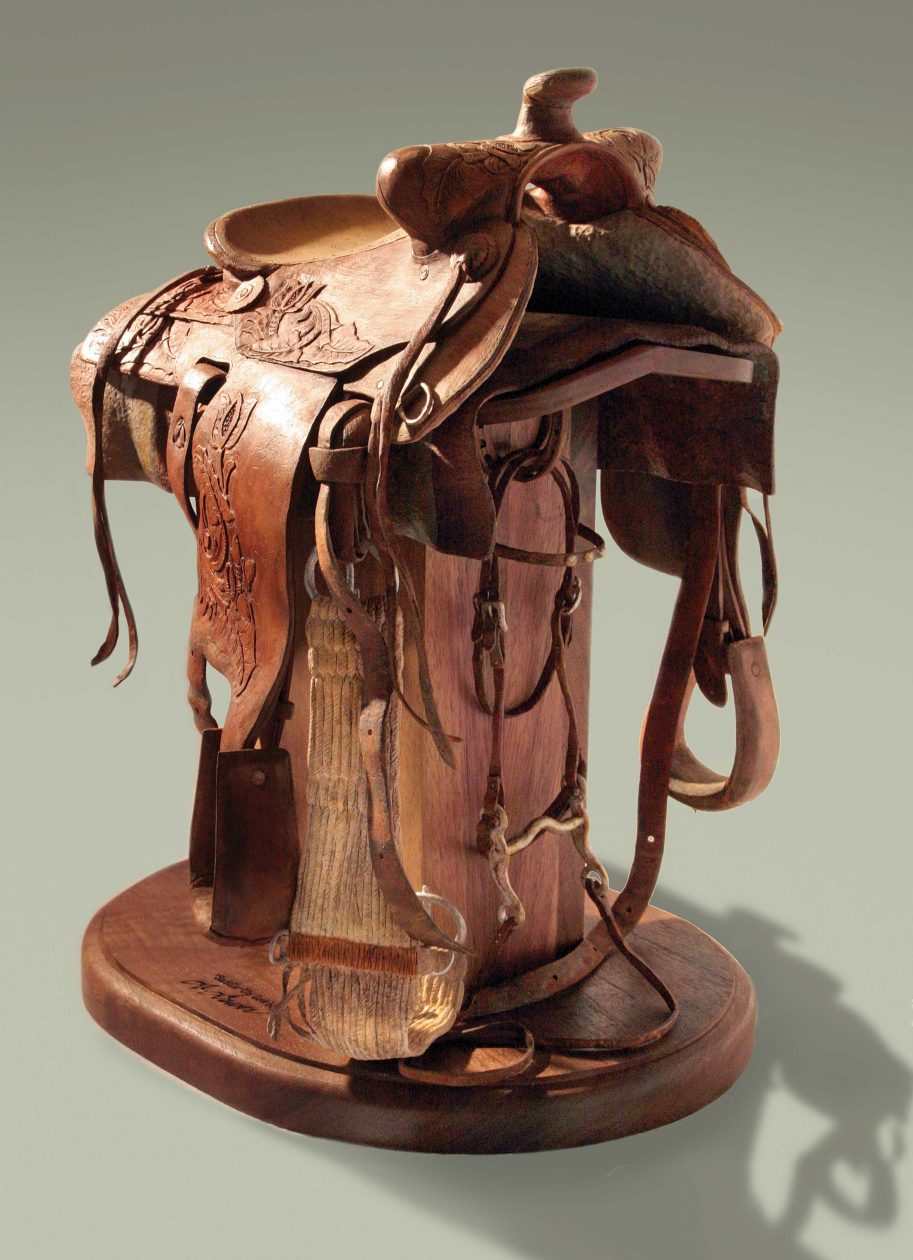 Darwin continued carving ducks, wildfowl, and song birds as he honed his skills. He joined a local carving club and took classes from a wood sculptor. Pocket and hobby knives gave way to electric rotary tools, and aspen logs evolved to more specialized woods. He looked for every opportunity to expand his knowledge and skill level.
Darwin continued carving ducks, wildfowl, and song birds as he honed his skills. He joined a local carving club and took classes from a wood sculptor. Pocket and hobby knives gave way to electric rotary tools, and aspen logs evolved to more specialized woods. He looked for every opportunity to expand his knowledge and skill level.
“I continued to sculpt wildfowl, but then began to expand my subject matter,” Darwin said. “I sculpted my first western scene as an experiment. I entered it into an art show and ended up selling it for $400.”
At about the same time, Darwin was introduced to a high-speed (400,000 rpm) air tool another carver was using. It was similar to a dental drill. Darwin picked up the tool, but he found that it had a bit of a learning curve.
“Little by little, my ability with the high-speed tool improved. I found it had none of the vibration contained in my other tools, and I was able to use the same bits a dentist uses. With this, I was able to sculpt with detail which had previously been impossible,” Darwin said. Now that he had the tools he needed, he found out very quickly that he really wasn’t interested in learning the anatomy needed to continue carving realistic birds.
“My sculpting interests were quickly turning to the things I knew best; the things I experienced in my growing years. Having grown up on the family farm, I knew the life and the daily struggles that went with it,” Darwin relates. His subjects began reflecting on farm life and rural America. Each piece represents Darwin’s interpretation of a story or experience and he includes those stories with each completed sculpture.
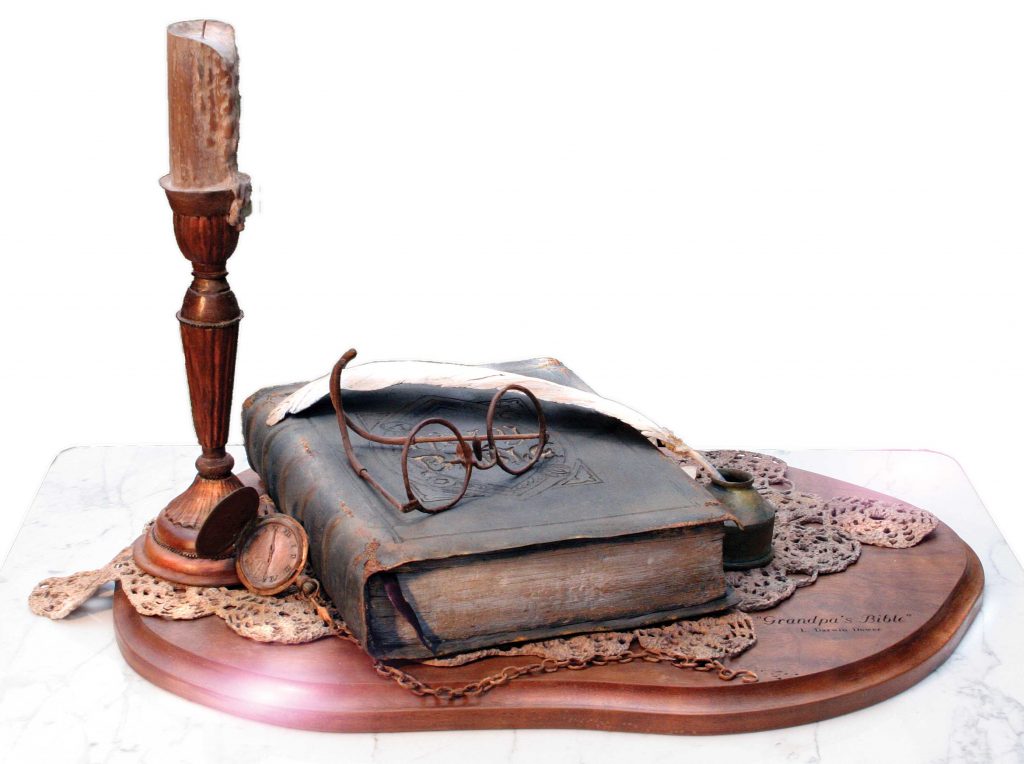 His western-themed sculptures quickly garnered attention from other artists and collectors. The “Peoples Choice” at the Rocky Mountain Carvers Cup and “Best of Show” at the Utah State Fair, in which he
His western-themed sculptures quickly garnered attention from other artists and collectors. The “Peoples Choice” at the Rocky Mountain Carvers Cup and “Best of Show” at the Utah State Fair, in which he
competed against bronze artists, were some of many awards he earned. With each event entered, one thing seemed to set his work apart from others. His artwork told a story.
“I always try to have a strong center of interest or focal point on each piece I do,” Darwin explains. “Once the main item or focal point is complete, I’ll add other items to form a complete sculpture. It is important that each item adds unity, movement, and has a sense of belonging.”
Painting adds realism and sets the mood of the sculpture. It helps the viewer better understand the thoughts and intentions of the sculptor. The abandoned handcart, titled Trials, Tears, and Fears, is a good example of this. By adding several light washes of paint, the weathered wood of the body is emphasized, and Darwin effectively communicates extremely cold temperatures to the viewer. Darwin chooses to use oil paints instead of acrylic paints, because they penetrate and protect the wood. He also finds oils easier to blend and get the intensity and color mix desired. His woods of choice are tupelo and walnut, both of which accept the oil paint well.
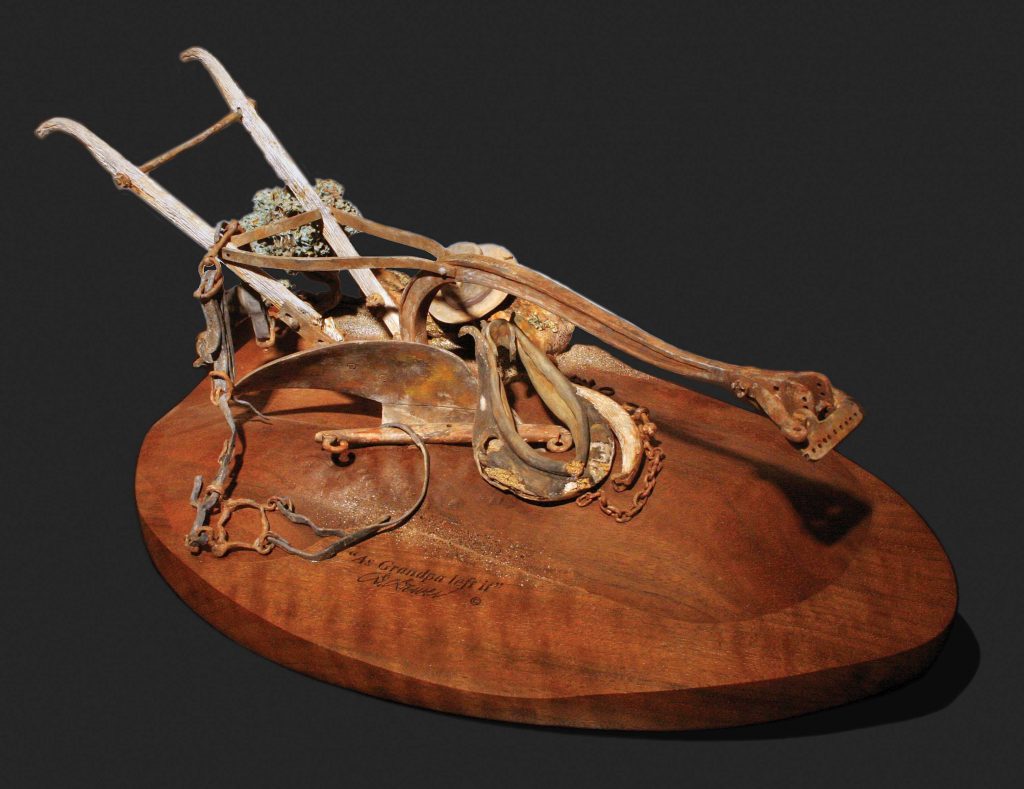 Wood sculpting is not a rapid process. On average, he spends 200-500 hours on each piece. Resting in Redrock actually took over 600 hours not including research. With each piece, new lessons are learned. Darwin also uses many noted bronze sculptors and flat artists to critique his work. Grant Speed and Jerry Anderson are two of his favorites.
Wood sculpting is not a rapid process. On average, he spends 200-500 hours on each piece. Resting in Redrock actually took over 600 hours not including research. With each piece, new lessons are learned. Darwin also uses many noted bronze sculptors and flat artists to critique his work. Grant Speed and Jerry Anderson are two of his favorites.
Each new sculpture is an adventure for Darwin. While he may use the same subject, no two are alike; all are original. His style of realism has evolved over nearly 30 years of wood sculpting and continues to grow in popularity and win honors wherever exhibited. The average price-range for his sculptures is $6,000-10,000 with some of his larger pieces commanding higher prices.
CLICK HERE to read more great articles in Woodcarving Illustrated Fall 2007 (Issue 40).